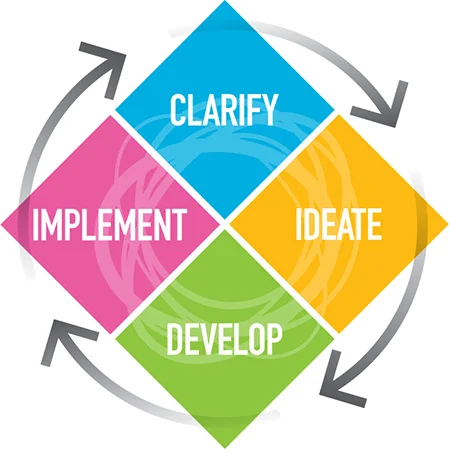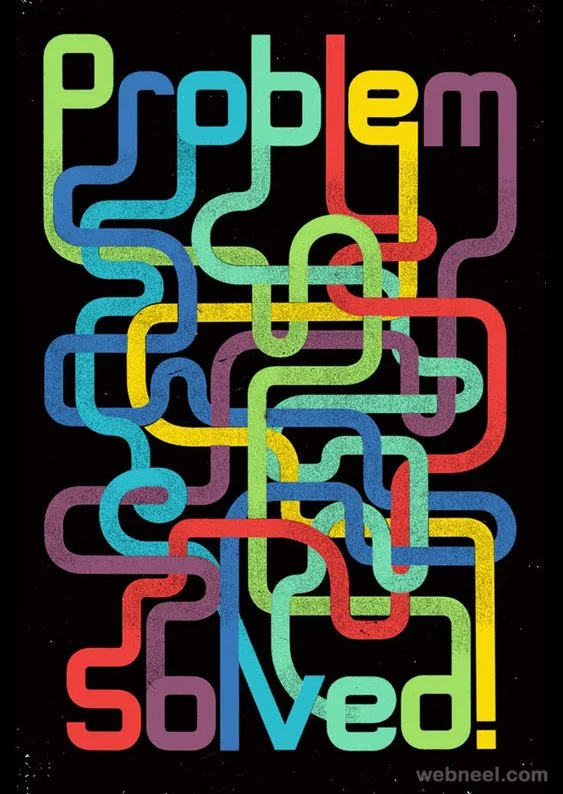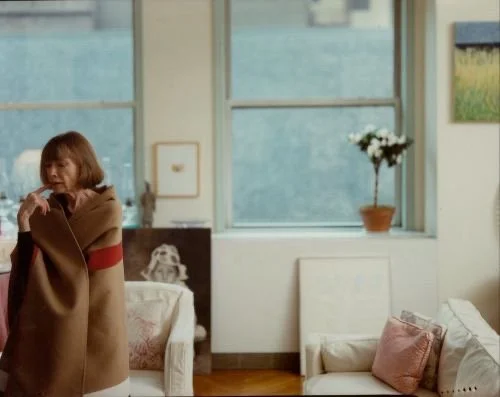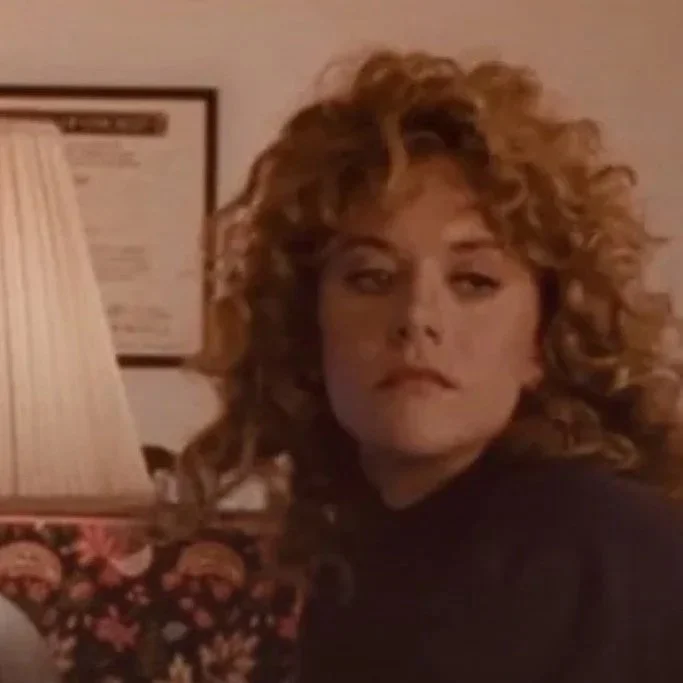Creative 101: How To Be A Creative Problem Solver
Illustration by @sublinhando
When a problem arises, one shouldn’t complain about it unless you have a solution. However, getting to the solution can sometimes be more agitating than the problem. So like anything we need to break it down into pieces and like a puzzle everything has to fit together.
What if your job required you to be a creative problem solver? You don’t have to be the boss to show leadership skills. Any good team player needs to be able to problem solve a situation, a crisis and manage expectations.
Problem solving does not require you to “think outside the box”. Such a phrase is a loose term these days when we can just order lunch from our digital watch. What you should remember straight off at the beginning is that the crisis is difficult and the solution is simple. By the way, never listen to the guy who says “easy peasy”, that person is not a creative problem solver, but most likely someone who’s willing to find only a temporary solution.
When a problem arises a creative person will do this first: confirm that it is a problem. Whether she is a painter, a graphic designer, a fashion designer or a writer, they have no choice but to realize and face the predicament.
No matter what it is, all of life’s issues begins with the first step of acknowledging that you have a problem. It’s the first piece towards solving the puzzle. The more you ignore the problem, the bigger it becomes and starts to emerge into a tragedy. That’s what you don’t want, something that could have been fixed but then turns into a stigma that you can’t get rid of. So, say hey, this is the problem, let’s see …
What sets average thinkers apart from creative problem solvers is that most people are too quick to place blame on a person, a condition or an environment. Playing the blame game only aims to solve one thing - how to waste efficient time. Creative problem solvers wants to know what exactly happened, when did this happen and where did this happen in order to get to the why did this happen. This is when your curiosity should get the best of you or at least try so hard that clues begin to fall into the right places.
Place your smart phone or tablet carefully on to a table. Leave it there. Pick up a notepad and a pen or pencil. Start taking notes, defining the problem at the top of the page and working your way through bullet points on the how, when and where the problem began. Writing it down is imperative. You won’t get the same visual distinction from a screen. Let the stirring energy from your brain travel down to your fingers, on to the pen and the paper, that flow is necessary.
There are just times when you need to take a deep breath and go for a walk outside. Fresh air, change of scenery, and allowing your mind to explore other things are temporarily important when problem solving. Then, when you’re ready go back to your notepad and review notes carefully. It’s not that you’re re-seeing the same words every time, but because you allowed your mind to have a refresh, your eyes may start to pick up new unfound clues. It’s all about rotation, your mind needs it in order see things in a new light.
Now putting yourself in research mode, ask around to see if others have had the same problem. Reach out to them and learn how they were able to either move past it or solve the problem altogether. Again, take notes. Also, a creative problem solver is not afraid to ask questions or ask for help.
A creative brain can imagine anything. It’s only natural that the answer(s) can just be sitting on the tip of their tongue waiting to be called upon. Write down all possible solutions that could work and weigh each one out by asking these questions:
“is this a long term solution?” or “is this a short term solution?”
“how will this benefit _______”
After all the questions have been answered you’ve finally come to a resolution. Formulate a strategy and a step by step plan, gather resources and a support team if needed.
Although there are so many guides out there on how to creative problem solve, I’m just offering an outlook based on what has worked for myself during various projects. For instance the CPS Process was first originated by experts Alex Osborn in the 1940’s and developed with Sid Parnes through the 1950’s. They devised a basic structure comprised of four stages broken down into six steps and each step uses divergent and convergent thinking. The Creative Education Foundation renamed Osborn and Parnes’ CPS Process as the CPS Learners Model.
No one is born a problem solver or even a creative, it is learned and processed through different stages in one’s life. Continue to hone your skills and always solve one problem at a time.



























